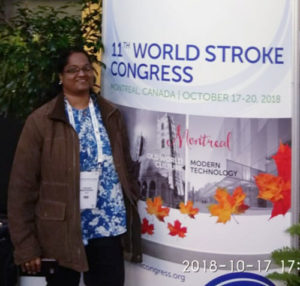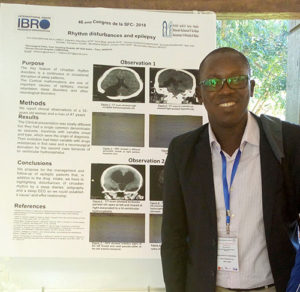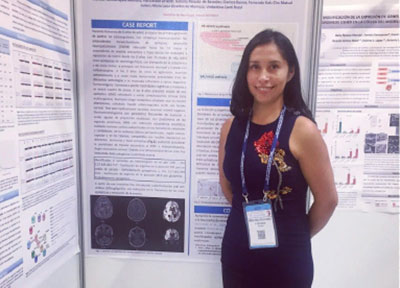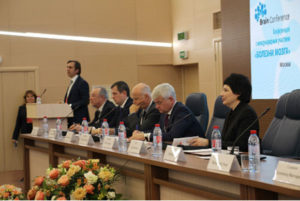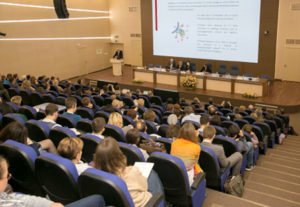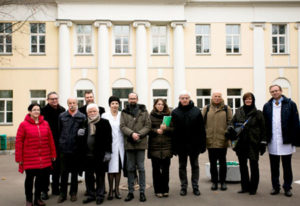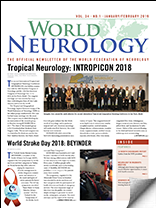BY PROF. CHANDRASHEKHAR MESHRAM, NAGPUR, INDIA, AND PROF. RAAD SHAKIR, LONDON.
![]() The second International Tropical and Geographical Neurology Conference (INTROPICON) was held in conjunction with the 28th Brazilian Congress of Neurology and the 15th Pan American Congress of Neurology Oct. 11-14, 2018, in Sao Paulo, Brazil. The congress was huge and was attended by more than 3,800 delegates from all over Latin America and across the world.
The second International Tropical and Geographical Neurology Conference (INTROPICON) was held in conjunction with the 28th Brazilian Congress of Neurology and the 15th Pan American Congress of Neurology Oct. 11-14, 2018, in Sao Paulo, Brazil. The congress was huge and was attended by more than 3,800 delegates from all over Latin America and across the world.
The Tropical and Geographical Neurology Applied Research Group of the World Federation of Neurology (WFN) is the oldest group, established in 1961, and has had many meetings over the years. This congress was decided following the reconstruction of the research group in Mumbai during INTROPICON in 2017. The chair of the research group is Dr. Chandrashekhar Meshram from Nagpur, India. This second congress was co-chaired by Dr. Meshram and the late Prof. Amilton Barreira, Sao Paulo, Brazil. It is with great sadness that the whole world of neurology, and in particular tropical and Latin American neurology, will sorely miss Prof. Barreira. His contributions were immense.
INTROPICON 2018 covered the field with fascinating presentations on a variety of topics. The congress featured an in-depth look at cysticercosis, amebic encephalomyelitis, cerebral malaria, Chagas disease, schistosomiasis, toxoplasmosis, trypanosomiasis, cerebral venous thrombosis in India, paracoccidioidomycosis, arboviruses, Zika virus status, congenital Zika virus, chikungunya, dengue status in Latin America and Asia, yellow fever, and vaccinations for arboviruses. Videos of live cysticerci floating in the third and lateral ventricles seen on endoscopy were mesmerizing.
INTROPICON 2018 also discussed the status of meningitis across the world. The current human T-lymphotropic virus type 1 (HTLV1) status and HIV were presented and discussed. Poliomyelitis and post-polio syndrome are still ongoing problems, which was addressed. Cytomegalovirus infection and Ebola were issues affecting individuals, and their current statuses were presented. Fungal disease received its share of discussion and time. Snakebites still kill thousands in many countries. Their management remains challenging and, at times, difficult.
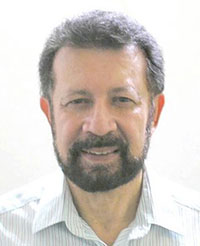
Amilton Barreira
In addition, major issues such as stroke, dementia, epilepsy, and Parkinson’s disease were discussed. Their unique management and long-term care in resource-poor settings were the main points of discussion. The availability of simple drugs for epilepsy and Parkinson’s disease was a major hindrance to neurological care. The lack of manpower and funding remains a major obstacle to neurological service provision. It is astounding that drugs as cheap as simple anticonvulsants, levodopa, and warfarin, among others, are still not available to billions of individuals living in low- and middle-income countries.
There remains a huge discrepancy in the provision of care in various parts of the tropics. In all, neurological expertise is concentrated in major cities, and in some of those, advanced imaging, genetic testing, and management (including interventional procedures) is available. However, this is by and large in fee-paying settings, which is not accessible to the majority of those who need the service.
Neurology training for young doctors is a priority, and it is heartening to see the increasing numbers of budding training programs across the world. There is nothing like training locally to master the vast number of conditions discussed, but just as important is exposure to training in more advanced settings. The Tropical and Geographical Neurology Applied Research Group of the WFN is working hard toward these goals. The meeting of this research group is biennial, and the next meeting is planned to be with the African Academy of Neurology in 2021. •
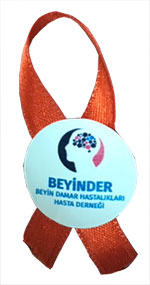
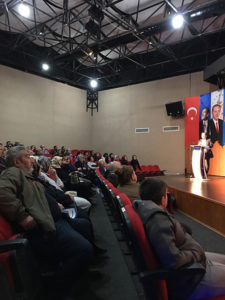
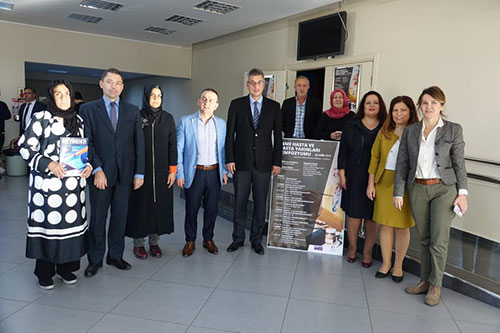
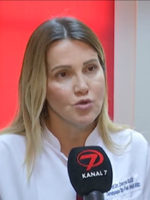
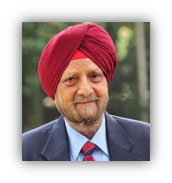
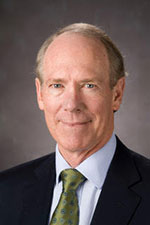
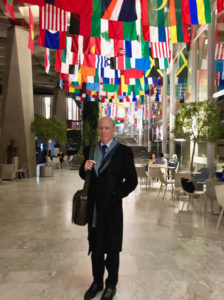 An important part of the office and website changes is the development of uniform internal and external branding. A draft document currently before the trustees details logos, brands, and symbols that can be used and how they must be used. It is hoped that this will improve the recognition of WFN material. All office staff have participated in these revisions and improvements.
An important part of the office and website changes is the development of uniform internal and external branding. A draft document currently before the trustees details logos, brands, and symbols that can be used and how they must be used. It is hoped that this will improve the recognition of WFN material. All office staff have participated in these revisions and improvements.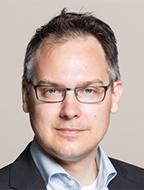
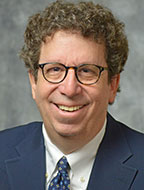
 The meeting of the World Federation of Neurology (WFN) Migrant Neurology Applied Research Group took place Dec. 14, 2018, in Marrakech, Morocco, during the 12th Maghreb Congress of Neurology. This meeting coincided with the meeting of the Intergovernmental Conference on the Global Compact for Migration, a United Nations meeting held Dec. 10-11, 2018, in Marrakech. The charter of the global alliance was adopted by the U.N. General Assembly on Dec. 19, 2018, and this constitutes real progress for the cause of migrant people.
The meeting of the World Federation of Neurology (WFN) Migrant Neurology Applied Research Group took place Dec. 14, 2018, in Marrakech, Morocco, during the 12th Maghreb Congress of Neurology. This meeting coincided with the meeting of the Intergovernmental Conference on the Global Compact for Migration, a United Nations meeting held Dec. 10-11, 2018, in Marrakech. The charter of the global alliance was adopted by the U.N. General Assembly on Dec. 19, 2018, and this constitutes real progress for the cause of migrant people.